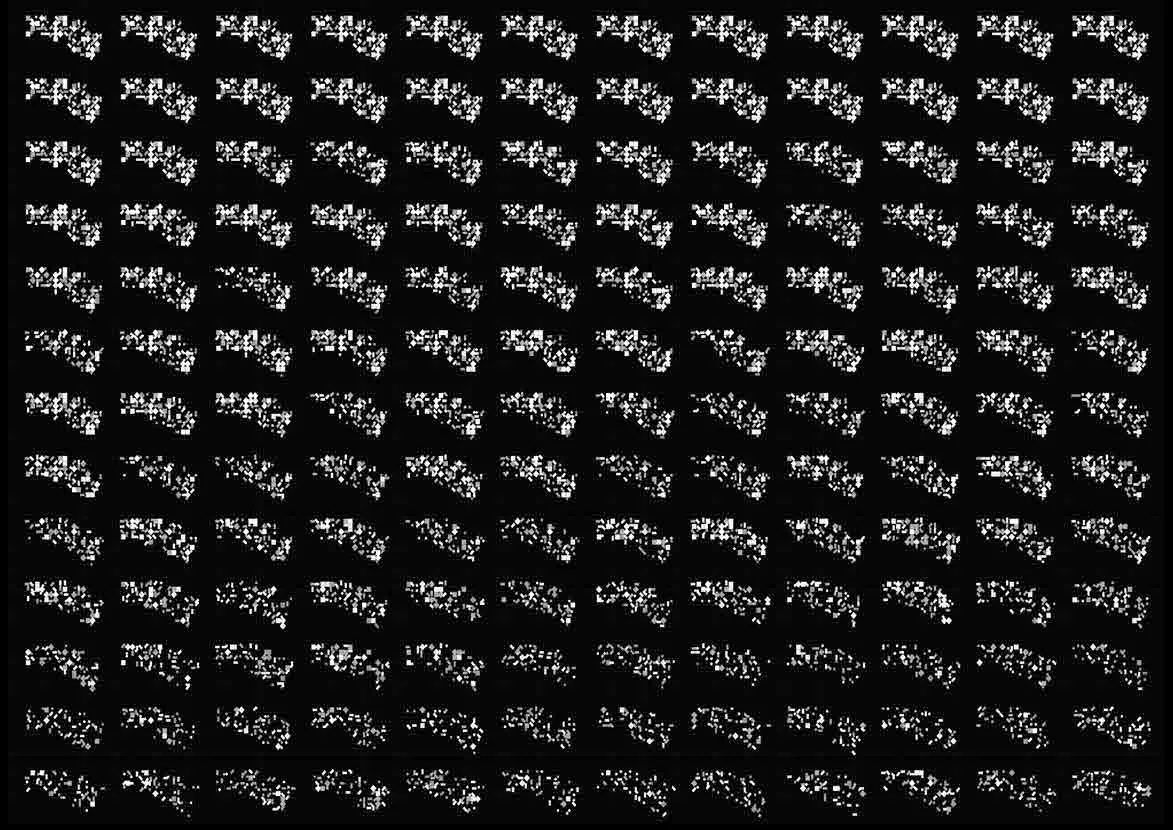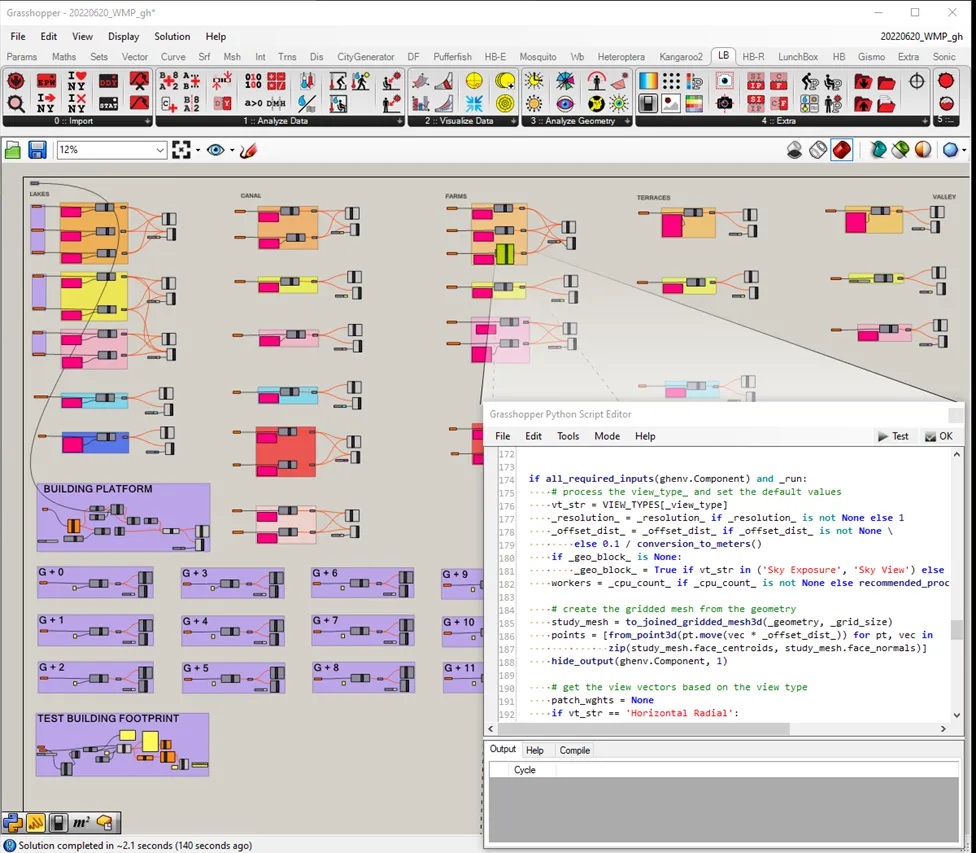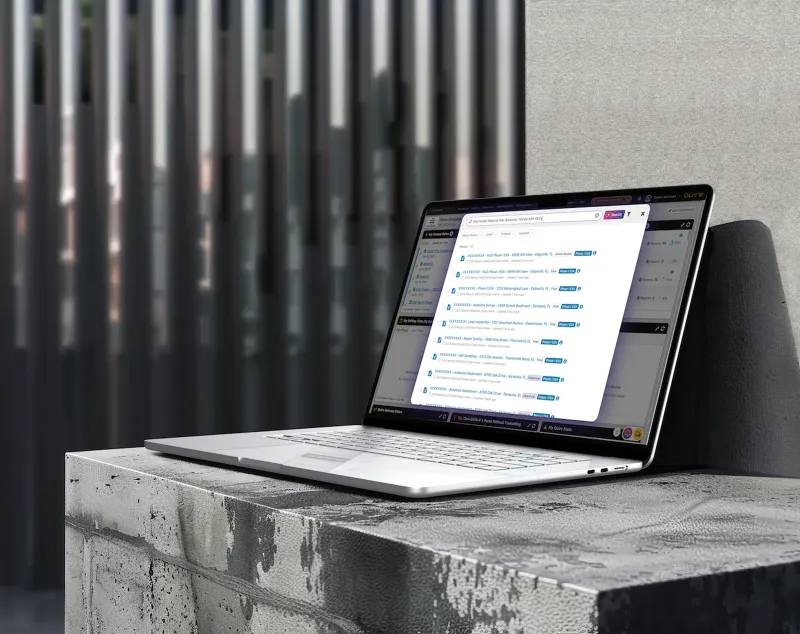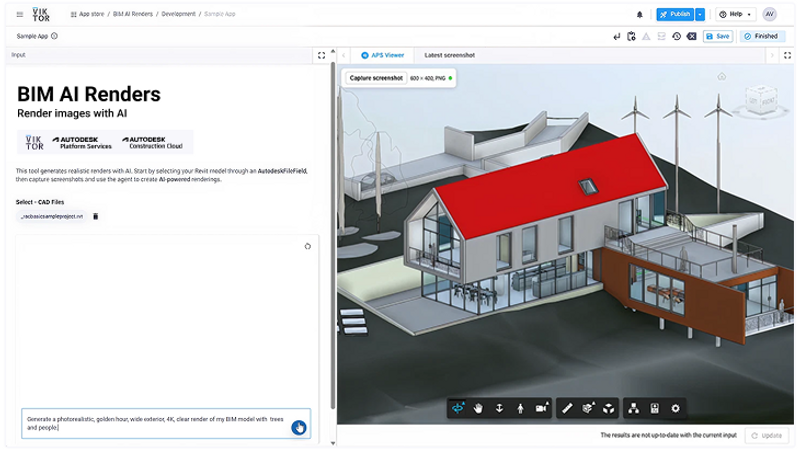Technology Implementation Stories | DPR Construction, Heatherwick Studio, AECOM
Hosted in January 2023 as part of the ongoing AEC-tech talk series, aec+tech invited innovation leaders from three prominent design and construction firms to share their stories and insights about using the latest solutions and tools in their workflow (see the event recording here). Joanna Sabak, computational designer at Heatherwick Studio in London, Piyush Prajapati, computational designer at AECOM Dubai, and Tyler Williams, Field Innovation Leader at DPR Construction in Washington, talk in-depth about their work and experience in testing and adopting new technologies.
Joanna - Heatherwick Studio
Joanna Sabak with Heatherwick Studio addresses how their firm uses technology for its diverse portfolio of projects. The core team behind the implementation of new tools is called Ge-CoDe which stands for geometry and computational design. Joanna talks about her work and learnings with 3D scanning tools, advanced and material modeling software (eg. Maya, Houdini, and Omniverse), and how they are engaged with extended reality and augmented reality. (eg. utilizing Mindesk to create a live link between Unreal engine and Grasshopper). For XR collaboration, Joanna’s team used a platform called SpaceForm which allows users to review and interact with the design model within a virtual environment.

Heatherwick Studio is also currently developing in-house environmental tools and what their team calls the “Climate Atlas”, an internal library of climate specifications to support the growing number of projects being designed and built across the globe.
Joanna explains how Heatherwick Studio is exploring the applications of AI in design. After the explosion of text-to-image models in the past year, the team utilized such models primarily to compare early-stage design ideas and inspirations. They also experimented with “Stable Diffusion” and iterated upon ideas and sketches produced by the team. This, however, was not a highly democratized way of interacting.

Another recent tool developed in-house by Joanna’s team is Dreamhopper, a Rhino plug-in that converts text prompts into 3D meshes. The plug-in is at its early stage and the team is working to develop it further.
Piyush - AECOM Dubai
Piyush Prajapati with AECOM Dubai, UAE, begins by stating how AI is transforming the field of architecture and design. New tools are coming to life and bridging the space between human and machine intelligence. Data can help automate and optimize, increase scalability and exploration for all designers. Even basic AI models are capable of generating hundreds of design iterations in a matter of minutes.

Figure 01 highlights the computer intelligence from top-left to bottom-right. With every generation, the outputs are closer to the end goal. These rapidly computed outcomes merely provide architects with a foundational form and it’s then their job to define the functionalities and sculpt the spatial qualities out of it.
But what happens when data is not available?
Piyush works in a region where big data availability and open-source options are exceedingly scarce. At AECOM, design teams have chosen to develop their own datasets to bridge the gap in functional information. Piyush explains how they are leveraging existing building and social media analysis (combined with object-oriented programing) to build/create these datasets. By uncovering these new forms of datasets, designers gain an unprecedented understanding of the built environment and human interaction.
Piyush talks about how they create/build their datasets and the smart algorithms that identify patterns in the datasets. These datasets are then translated into spatial forms and compositions. One such example is the creation of a toolkit that can calculate the building height without physically being at the site or measuring it. A very simple but efficient workaround to automate the tedious task of Site analysis and data validation.

Piyush highlights three case studies, demonstrating various approaches to technology-driven design. The first one was an Adidas retail installation located inside the Dubai International Airport (awarded Innovative Project of the Year), the second one was a 1.8 km long, 90k sqm architectural intervention tackling harsh climate conditions, and the third was an urban design intervention 54 sqm confidential project (100 times larger than the Vatican city).
For the Adidas project, Piyush’s team mapped human movements with the goal of creating a form that can be viewed from multiple strategic locations. The team used technologies such as Unity and Grasshopper to simulate human movement patterns. They then created an algorithm that procedurally generated different scenarios and calculated the shortest map to navigate to a customer end goal while maintaining the maximum visibility index. The design team reached the final design by utilizing this form-finding algorithm.


Piyush mentioned that they are working towards creating an intelligent toolkit that analyzes the urban fabric at both micro and macro scales: city context level, interventions at the district level, and finally at the neighborhood level. The toolkit can seamlessly integrate output from multiple platforms such as GIS, Rhino, and Excel, giving users the flexibility to visualize simultaneously.
This toolkit prioritizes three objectives and KPIs that are central to all of AECOM’s projects. The first KPI is the contextual fit, the second is the asset value, and the third is the livability index for the end users.
Tyler - DPR Construction
Tyler Williams with DPR Construction talks about DPR’s “ever forward” vision when it comes to innovation in the construction industry. The mission is to be one of the most admired companies by 2030. This innovation team includes individuals spread out across the company and subject matter expertise: field innovation, robotics, virtual reality, as well as equipment sales.

Tyler goes on by throwing light on the details of their “Innovation Goals” at DPR, and how they’ve been developing a world-class process. In the last two years, he has worked with their strategic partners, including Hilties, Milwaukee, etc, to see how their products can positively impact their craft members.
ICG (Innovation Core Group) at DPR educates, helps, trains, and leads. They are out on the job site and are constantly hearing from construction workers in the field. ICG individuals on the site locate real-world problems and periodically participate in ideating potential solutions. DPR also helps with patents and has had several successes with scenarios where a field member had an idea, and DPR helped them get a patent for it and create a business model.

Tyler also talks about an impressive use of technology on the job site. Their team came up with the idea of using QR codes to access project information on the site. They realized they had not been sharing the information about the project very well. With the QR code, everyone with a camera phone on the site can access this information instantaneously by simply scanning the QR code. After doing 15000 openings, they only had 5 rework, just by allowing people on the site to utilize the information on the site.
Recent Articles
Learn about the latest architecture software, engineering automation tools, & construction technologies

Pioneering Technical Report Management (TRM™) for AEC Firms: A Quire Deep Dive
Learn how Quire founder Kelly Stratton is reinventing technical reporting in our latest aec+tech interview, where its purpose-built TRM™ platform, WordBank-powered standardization, AI-driven Smart Search, quality control, and the Lazarus knowledge engine come together to help AEC, environmental, and CRE teams cut reporting time and errors while unlocking their institutional expertise.

Moving to the Cloud: Egnyte’s Staged Approach for Architecture Firms
As projects grow, AEC firms are rethinking data management and collaboration. This article outlines Egnyte’s six-stage Architecture Cloud Journey—a practical roadmap for moving from on-premise systems to secure, collaborative cloud environments. From assessment to continuous improvement, it shows how to streamline workflows, strengthen security, and future-proof with AI-ready infrastructure.

SaaS Founders: Are You Timing Your GTM Right?
This article was written by Frank Schuyer, who brings firsthand experience as a founder in the software and SaaS world. In this piece, he explores how founders can unlock faster growth and stronger market traction by integrating go-to-market strategy (GTM) from the very beginning of product development—rather than treating it as an afterthought.

The VIKTOR App Builder: Putting Automation into Every Engineer's Hands
The VIKTOR App Builder is changing how engineers automate their work. Built on VIKTOR’s secure, enterprise-ready platform, it lets users turn calculations, checks, and post-processing tasks into shareable browser-based apps—no coding required. In this interview, CPO Stijn Jansen explains why the team created it, how it bridges no-code, low-code, and full-code workflows, and what it means for the future of AI-assisted engineering.